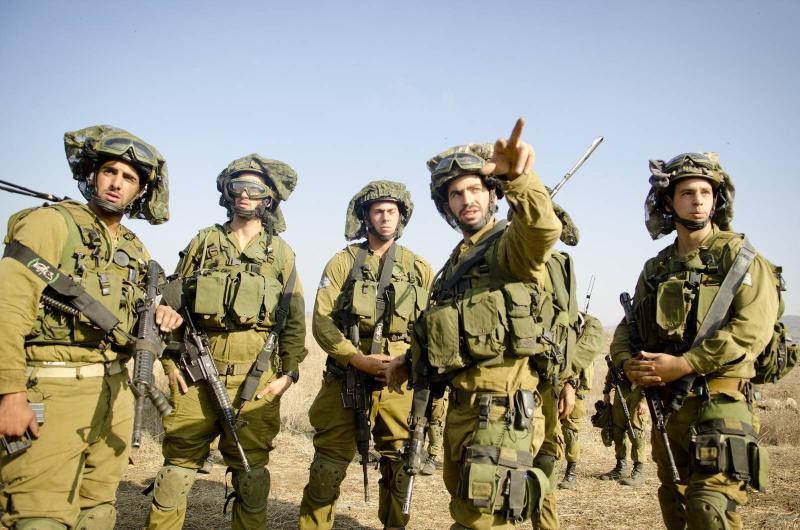The Israeli newspaper "Yediot Ahronot" revealed what can be considered the "outlines" of the ground invasion operation that Israel intends to launch in the Gaza Strip, indicating that it is based on five fundamental hypotheses and aims to achieve five operational objectives in addition to five strategic goals. Israel has vowed to eliminate Hamas through an "unrelenting attack" on the Gaza Strip, amid American concerns that Israel "has not yet developed a withdrawal strategy" post-invasion, and questions from Israeli officials concerning the lack of a clear vision for what the future situation may look like after the war.
**Five Fundamental Hypotheses**
The Israeli plan is based on the first hypothesis that the capabilities of Hamas and Islamic Jihad pose a direct threat to Israelis located mere hundreds of meters from northern Negev and 70 kilometers from Tel Aviv. This implies that Palestinians can disrupt and halt the daily life of Israelis, similar to the events of October 7. Consequently, Israeli leaders see an urgent need to restore three critical components of national security: the strategic deterrence that significantly eroded on October 7, tangible physical security in the south, and restoring the sense of security and confidence among Israelis in political leadership and security institutions.
The second hypothesis relates to the fact that over two million Palestinians live in the Gaza Strip, most of whom wish to lead a normal life where they feel secure, need to earn a livelihood, have freedom of movement, and access to civil services (health, education, water, electricity, and public sanitation). The Israeli newspaper acknowledged that Palestinians in Gaza do not meet even the minimum of these needs but blamed the responsibility on Hamas, which governs the territory.
The third hypothesis in the Israeli perspective asserts that Hamas, Islamic Jihad, and other Palestinian factions threaten Israel's and Gaza's inhabitants' ability to live normal lives. Thus, changing this situation necessitates the removal of Hamas's regime and the destruction of its military capabilities and the infrastructure of other organizations on the ground, and it must be ensured that Hamas and other organizations cannot rehabilitate their military and governmental capabilities or build new infrastructure under new pretenses or formations, although the report did not clarify how this could be achieved.
The fourth hypothesis is based on the reasonable possibility that Hezbollah, and perhaps Iran and other elements, may join the war, opening another front against Israel in the north and possibly in the northeastern region as well. Israel sees that all of this underscores its need for the United States for political, logistical, and propaganda support, and perhaps even operational support to intercept rockets and shells. This perspective, according to the newspaper, confirms that Israel's reliance on Americans is a phenomenon that will not disappear but will increase, and that it is better for Israelis to recognize this reality and "help Americans help us, without losing our independent freedom to make decisions on security and political action."
The fifth hypothesis claims that there is no viable long-term stable settlement for the ongoing conflict along the Gaza borders, or for the Israeli-Palestinian conflict in general. The report describes the idea of "two states for two peoples" as, under the current conditions in the Middle East, merely a slogan rather than a political plan that can be implemented in the near future. It ties this notion to the absence of a way to eliminate the idea of "murderous fundamentalist Islam," as the Israeli newspaper puts it, which the Muslim Brotherhood, Hamas, and Islamic Jihad belong to.




